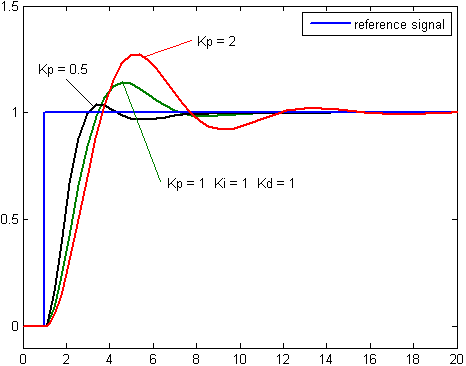For a primer on how "martial" diverged from "military" and for a perspective on separating Chinese martial arts fact from fiction, you might want to read a couple easily accessible books by Brian L. Kennedy and Elizabeth Nai-Jia Guo:
Chinese Martial Arts Training Manuals: A Historical Survey (2005)What I got out of reading these books together was how and when the military martial arts crossed-over from being a closed-door, skilled and paid trade of the military, village militias, and security guards into an open-door form of exercise for strengthening the general population.
and
Jingwu: The School That Transformed Kung Fu (2010)
Basically, it seems the crossover from martial arts for fighting to martial arts for exercise occurred during the Republican era (1911-1949) with the influential writings of Sun Lu-tang (1860-1933) and the original Jingwu Athletic Association (1909-1924).
At that time the military/martial arts, using traditional military hardware; swords, sabers, spears, etc., was on the precipice of extinction due to a negative populace view and the advent of firearms. The martial arts survived largely due to emerging associations like Jingwu which made martial arts accessible to the general public as a form of exercise to strengthen the nation; a strong body and strong mind would strengthen the country.
The historical Chinese military fighting arts were not dissimilar to our current U.S. Army or Marine Corps fighting arts in that there was and is an underlying cosmology and cultural worldview. However, it is doubtful, as these authors infer, that a modern soldier would orient or speak of his close-quarter combat training and sidearms use in cosmological terms. So too throughout the history of Chinese military martial arts. However, during the Republican era, all this changed. Referring now to Sun Lu-tang mentioned above:
"Sun's books modeled, for better or worse, the way the modern world sees the three internal martial arts of China. When a modern practitioner of Taiji speaks of the art as being "good for his health and a way to align his energy with the energy of the Tao", he is parroting Sun Lu Tang. Or when Bagua practitioners walk the Bagua circle and talk of how "Bagua forms are physical embodiments of the I-Ching," their ideas derive largely from Sun Lu Tang. Or when modern day practitioners of Xingyi opine that "the five forms of Xingyi interact like the five basic elements in Taoist cosmology," they too owe their thinking to the foundations established by Sun Lu Tang." (pg 182. Chinese Martial Arts Training Manuals)And so 100 years later, what we now call Chinese martial arts are an odd combination of these two influences: open door, exercise oriented, cosmologically intertwined, remnants of military/militia close quarter combat drills (minus the associated weaponry).
Other perspectives I enjoyed in this book are:
- The authors outright reject the popular myths and market hype that have been more recently created and passed off as historical fact - as they call it, "pulp journalism".
- The authors discuss how some masters' systems or styles will never be known because they either left no written legacy (training manual) or their manuals were destroyed, and conversely, how some more recent "masters" may have received undo fame because they were much written about and received by a naive public.
The "Chinese Martial Arts Training Manuals" book does not include actual translations of old training manuals. However, the authors included a chapter on Liu Kang Yi, a Taiwanese collector who publishes reprints of these old martial arts training manuals. I believe you can also find these reprinted training manuals at Plum Publishing.








